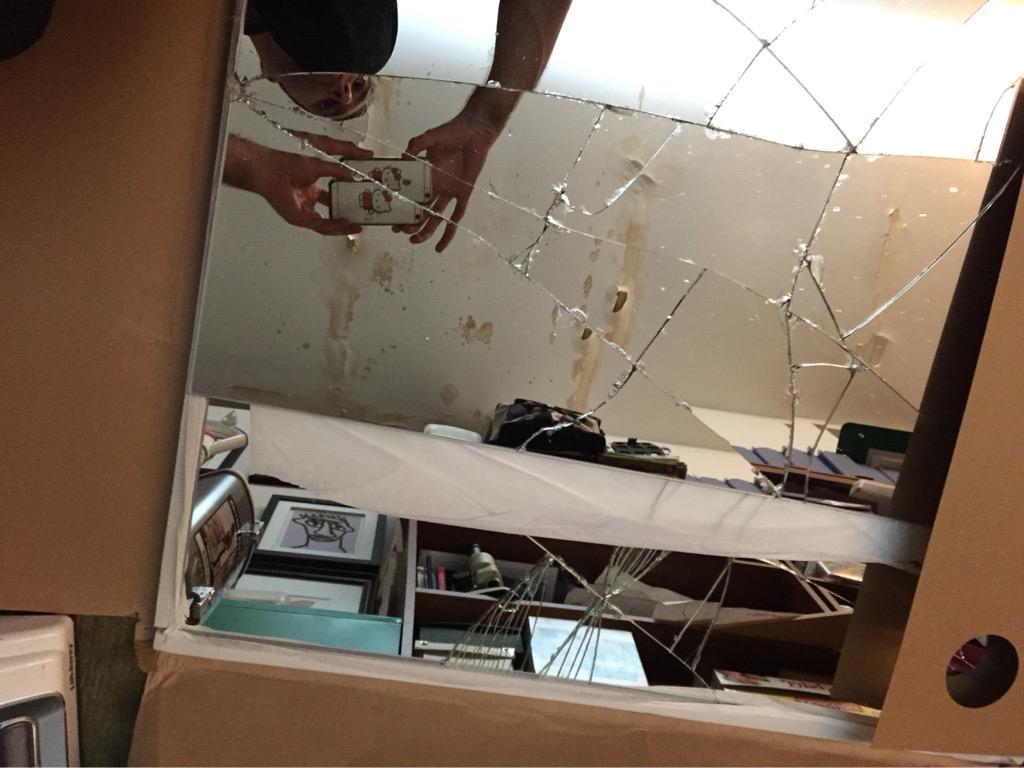The story of tiny startups upsetting entire industries is old. Here goes David and, once again, conquers Goliath. How did cable companies fail at the internet and are being shredded by Netflix and Amazon? How did the taxi industry not become Uber? These industries should have given birth to these companies and should have innovated themselves out of their own business, transformed their workforce and collected all the profits. Instead, they die and are replaced.
Today, technology in general and software, specifically, is the main driver for big transformations in all big industries. If you miss the turn, you’re out of business. In hindsight, the cases of the cable or taxi industries is completely obvious. Turning hindsight into foresight in the area of technology is the job of a CTO.
I’ve ordered items from IKEA.com before and it went well. The shopping cart works. But after experiencing a total fail with a single $20 broken mirror replacement within a $2,000 purchase I would invest in every startup in that space, starting with the minuscule Casper. IKEA is clearly still at the “shopping cart” stage and has never heard of e-mail. I couldn’t find any evidence of a CTO, or any real tech leadership at IKEA. The issues are so apparent, I can’t wait for them to become textbook examples of being disrupted out of existence.
Isn’t this just bad customer support? I don’t think so.
IKEA is stalled in the transformation from writing an inventory number on paper and picking up your item yourself to a fully digital economy. It built a good website and a decent shopping cart and some self-service systems, but it is failing at the very basic, technology-enabled, customer-focused workflow.
I don’t mean to write a rant or the whole story, but I will provide some anecdotal evidence, tidbits, screenshots and a few solutions below.
The original broken piece was delivered on July 5th. Order #207023713.

An intact replacement item was delivered on September 11th, two months later. Replacement order #204632009.
I have 2 more replacement order numbers, I don’t know which one is which.
An attempted replacement with lots of fragile tags was tossed in the front door of my building without notice on August 10th, shattered.
IKEA customer support needed to be called half a dozen times to get any traction.
I’ve emailed IKEA customer support at uscustomercare259@ikea.com and never got a response.
IKEA delivery service in New York, XPO Logistics, (718) 246-0921, ext 1450, has answered the phone 2/10 times after very long waits.
I was told I can’t do anything until the store opens at 10AM, I have picked up the phone by accident, and I will call you back within the hour, once. I was not called back.

I was told I will call you back within the hour 3 times and was not called back a single time.
I have provided my contact information, address, number and e-mail 3 times on the phone after a long apology and a promise that everything will be fine now. I have never received an email.
I’ve been promised a FedEx tracking number twice.
I’ve exchanged tweets with @IKEAUSAHelp for around 30 days and got many polite responses.

I have repeatedly asked the full name of the person I was talking to and was never given one.
Some ideas and technology-enabled solutions.
Rethink the entire pipeline from catalogue to customer support. It’s likely that the solution is to move everyone and everything, including manufacturing, sourcing, warehousing, purchasing in the store, customer support and delivery into an inbox and a queue and have the entire IKEA organization service the queue from all sides. Phone and text should be outbound notification mechanisms, and legacy communication systems. E-mail and text should be the default. Attach a human to every customer, virtually, define, measure and optimize every KPI, such as the time it takes to deliver a replacement broken item or the number of minutes a customer waits on a response. Create real end-to-end ownership in the organization with virtual teams that are enabled with sales, inventory specialists, product, design, engineering, etc. It’s a huge job, but it’s a matter of survival for this otherwise excellent business.
I am not holding my breath.

